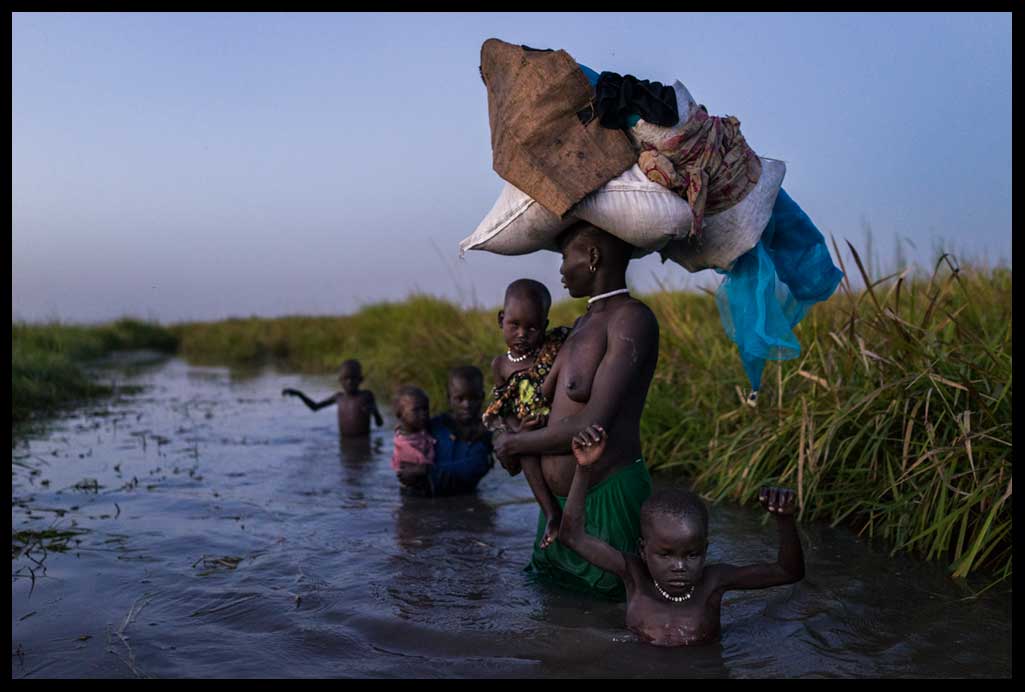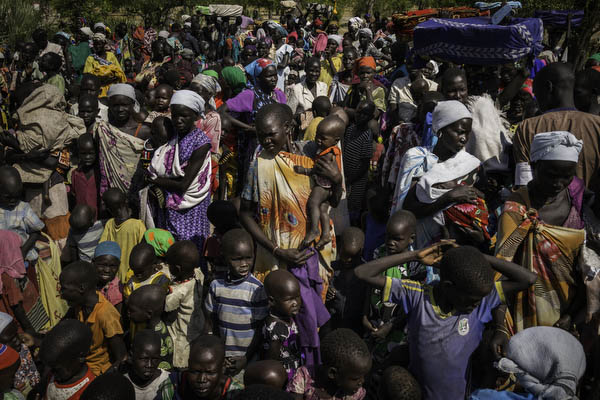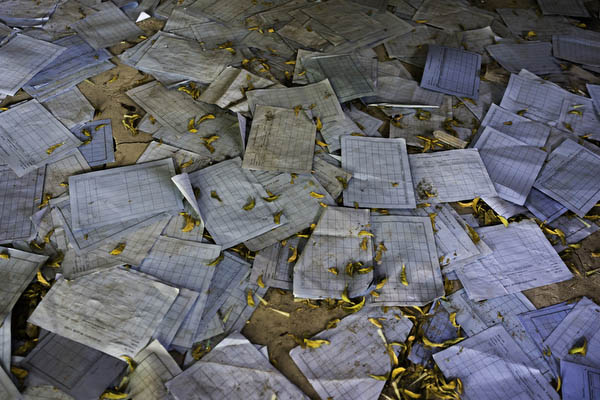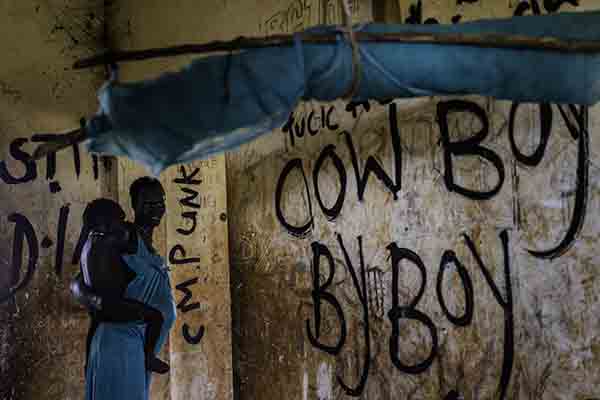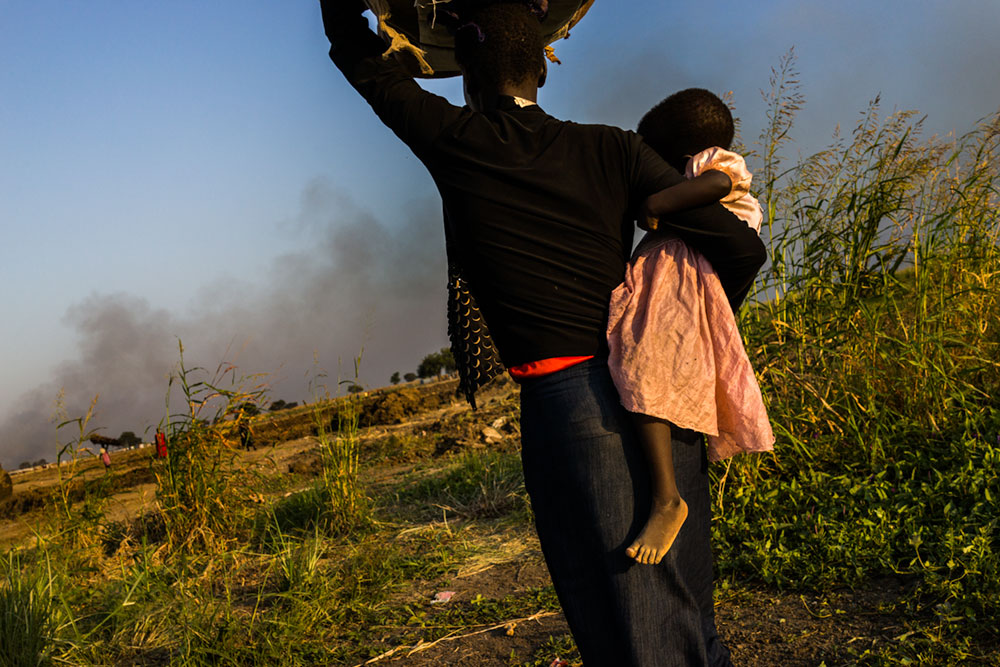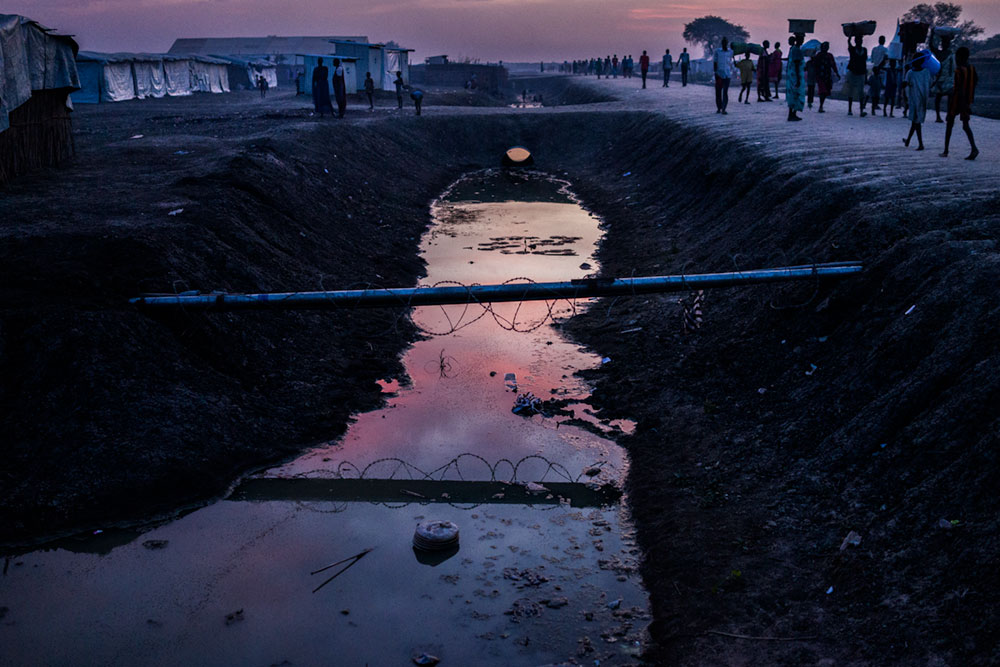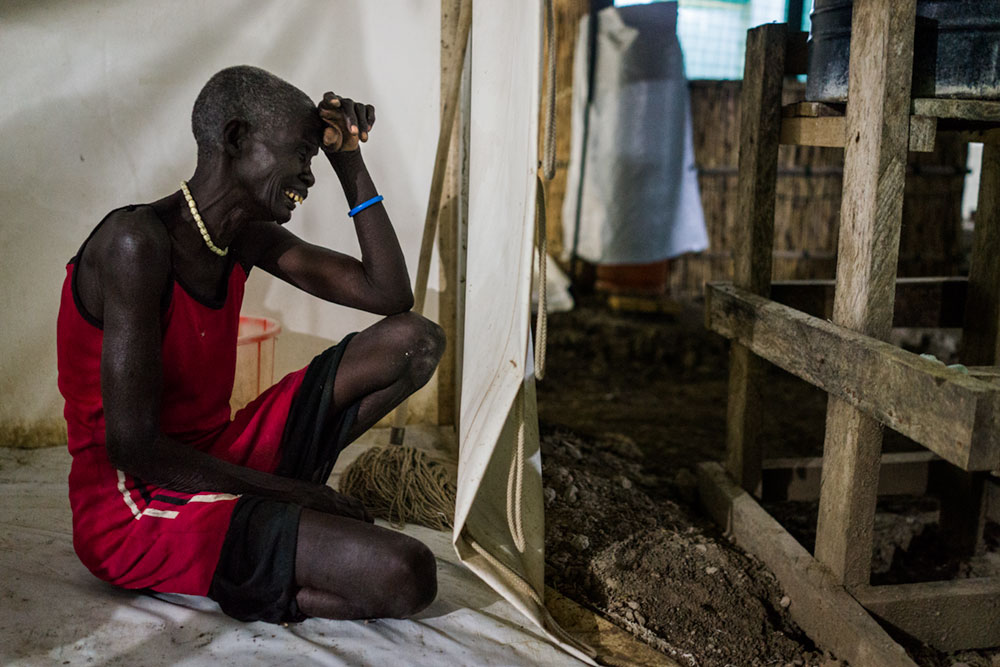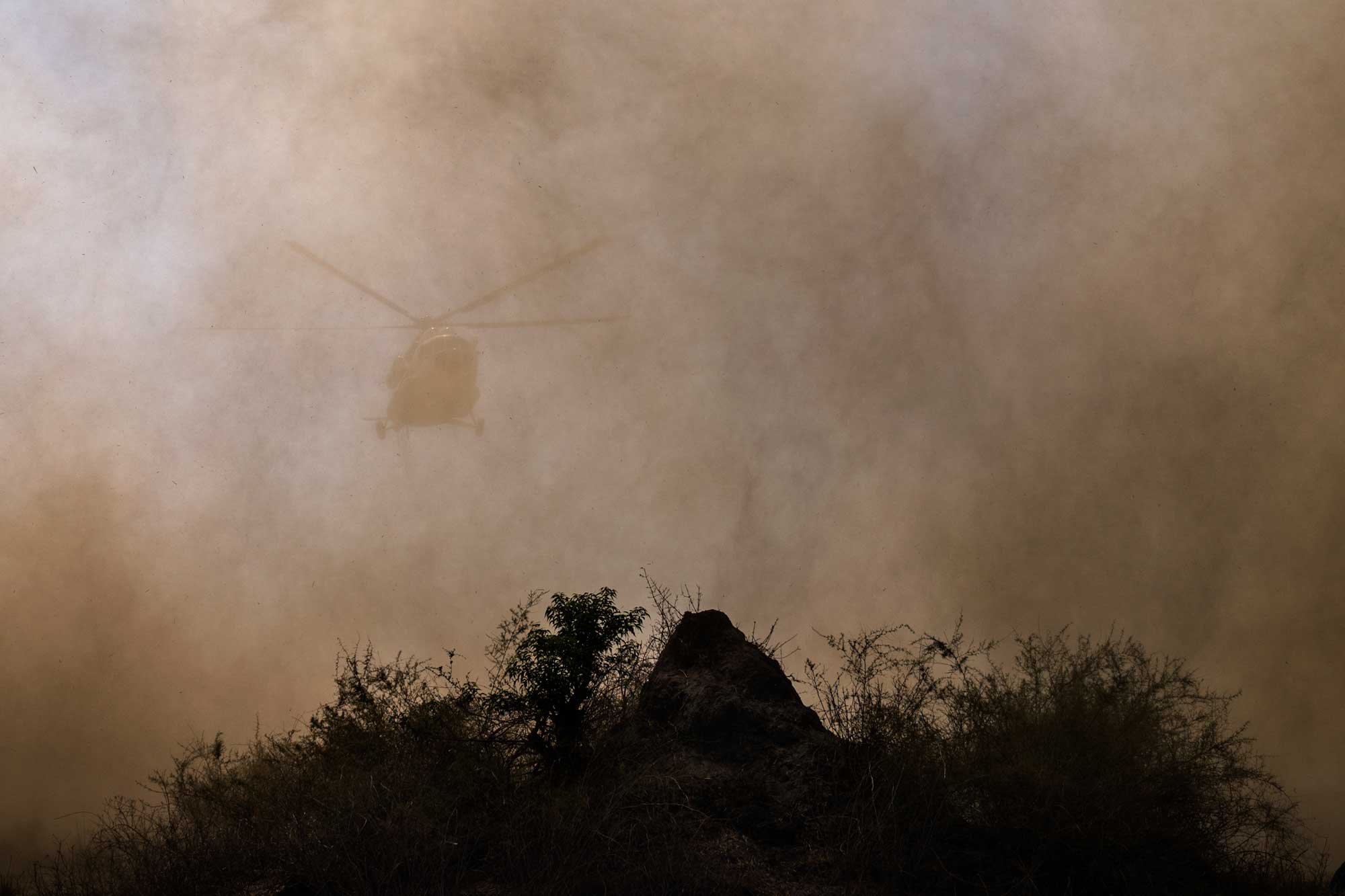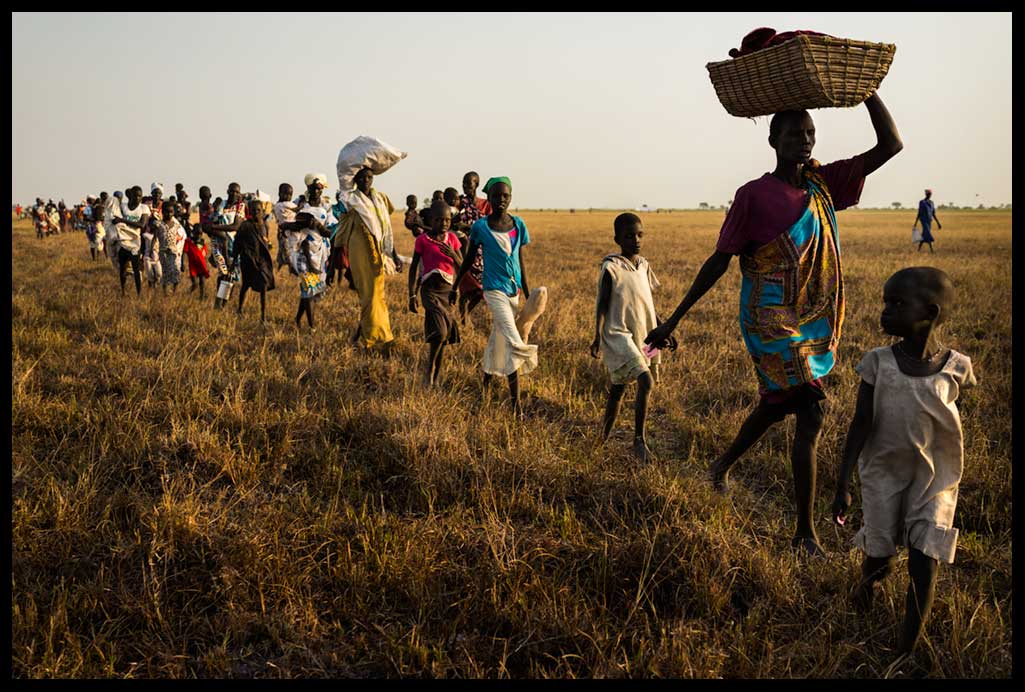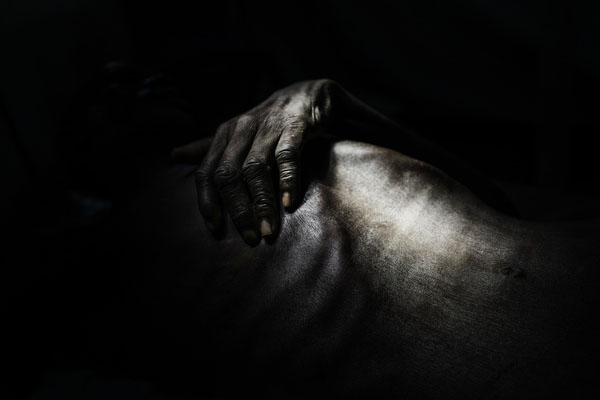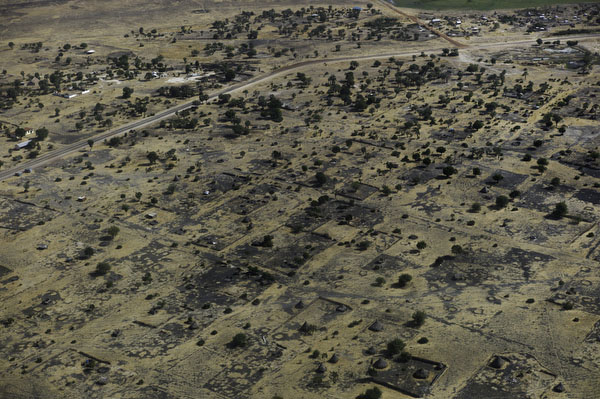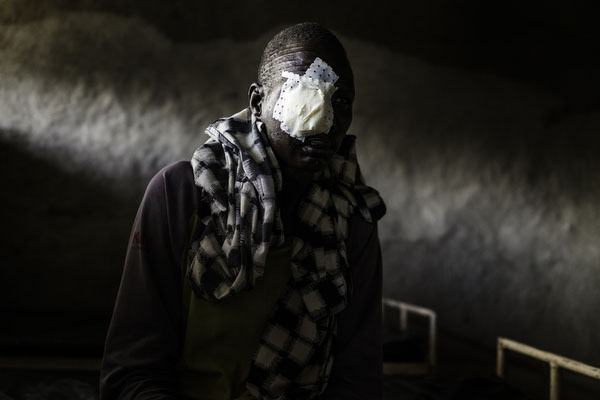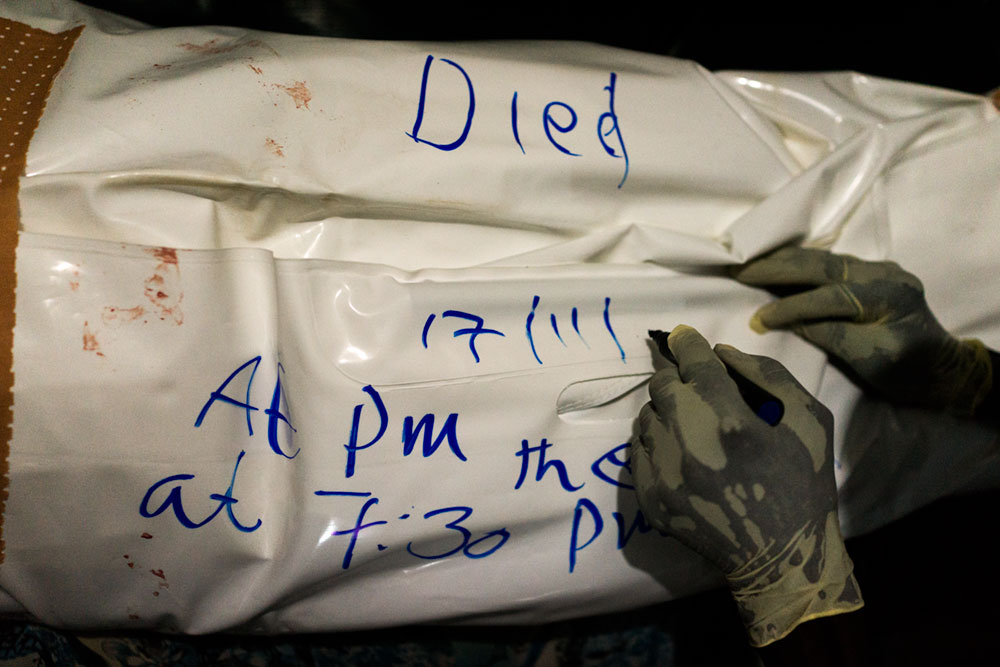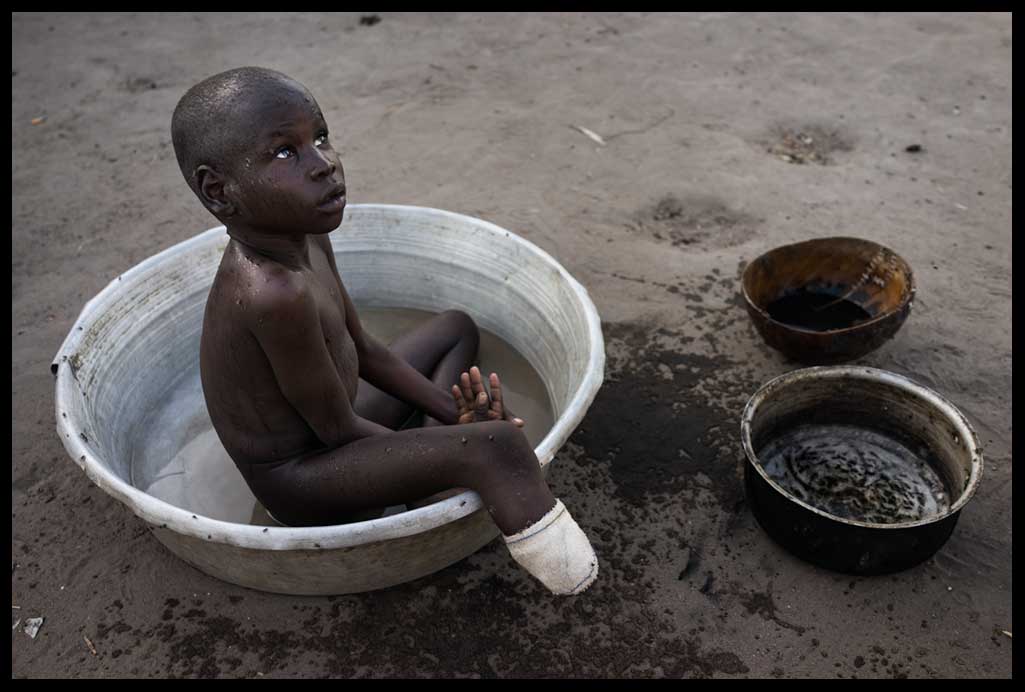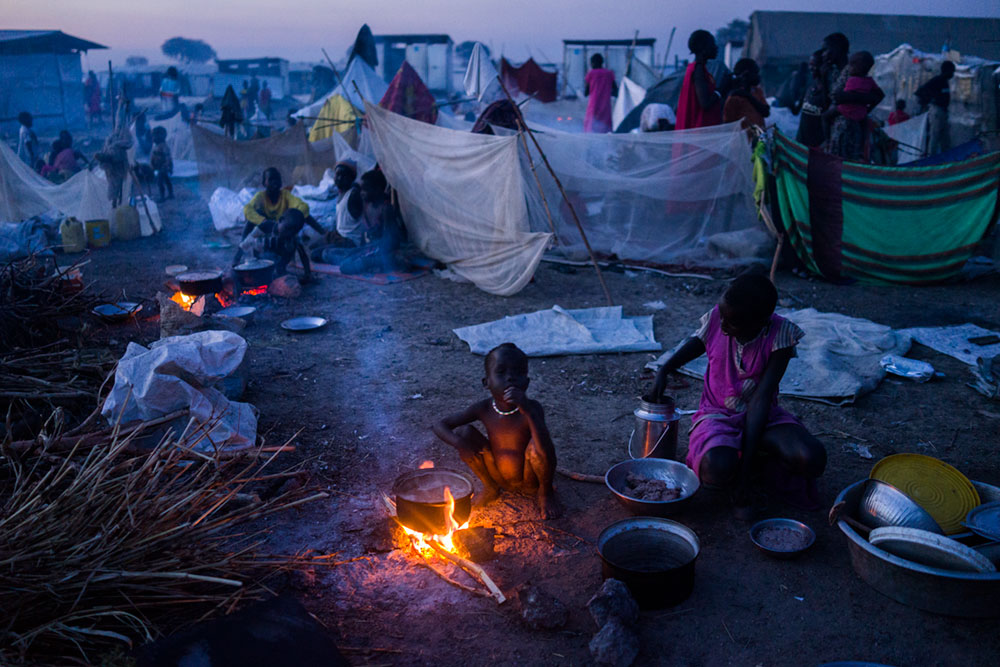
FRACTURED STATE
January 2016 marks five years since South Sudan’s much-heralded vote for independence. Briefly celebrated, South Sudan is now under the threat of sanctions and from the inside, joy has given way to despair. Still, on the ground, South Sudan has barely changed. No nation was ever built. Peace never truly arrived.
I’ve been traveling to South Sudan since 2010 and I’ve struggled with this dissonance ever since: South Sudan the concept, versus South Sudan the people. As TIME’s contract photographer, I worked across the African continent, covering the news stories of the month –– but no place confronted me with such stark contrasts as South Sudan.
We don’t understand South Sudan; nor, from my viewpoint, do we try. If anything, the terrible war of brutality that followed the nation’s birth demands we accept this truth, and try again.
I have worked in far-flung corner of South Sudan, accessible only by an infrequent chartered aid flight, where villagers never speak of Juba, but of warring neighbors pulled apart, from one nation that never truly existed to two troubled nations. I have shared pick up trucks with South Sudan’s ragtag army, as they rushed to capture disputed oil fields and then watched from remote villages far away from the border as the same army turns its weapons on their own people to try and enforce unity.
That which unites it, divides it: Violence, hardship, resilience. South Sudan is migrants, fleeing into swamps and savannahs, hopping from island to island to hide from militias that torch their villages, but still hoping to return home. South Sudan is warriors taking up arms from national politicians to settle old scores, or to protect their communities.
By tracing the path of families as they crisscross the country in search of safety, or by spending time with the men inflicting this suffering on their own neighbors, we can see how decades of conflict has left South Sudan torn apart, struggling and still at the beginning of a very long road ahead.
I think of a grave digger I photographed in November 2015. He had just finished burying three bodies, including one young baby taken straight from the hospital. Each morning, he picks up the dead to be buried in unmarked graves outside of a UN base, which protects him and his family. He wore a dirt-smeared T-shirt that read: “One South Sudan.”
Even on the ground, it looks like the idea of South Sudan is fading away. Many of the once booming towns, like Bentiu, Leer or Malakal, now stand in ruins, nature slowly reclaiming the land and swallowing up whatever structures not already dissected by looters and scavengers.
But if South Sudan the nation is failing, South Sudan the people are not. Even as violence drives neighbors apart, other neighbors are driven closer together. The strongest social support structures – the family, the clan, the church – are now stronger than ever.
And this is the South Sudan that actually exists. Torn apart, united only in struggle, but still on the move. Out of this, they must build a nation. This is what we must understand if we are to help. Lines on a map do not make a nation. People do.
